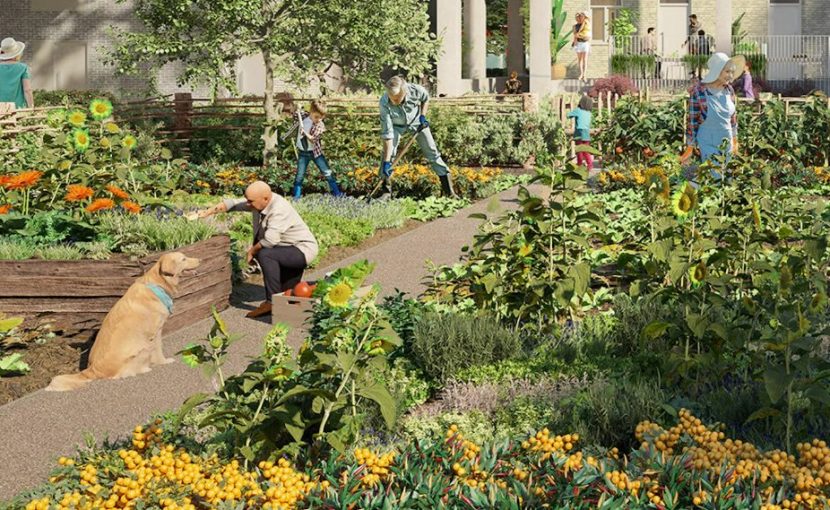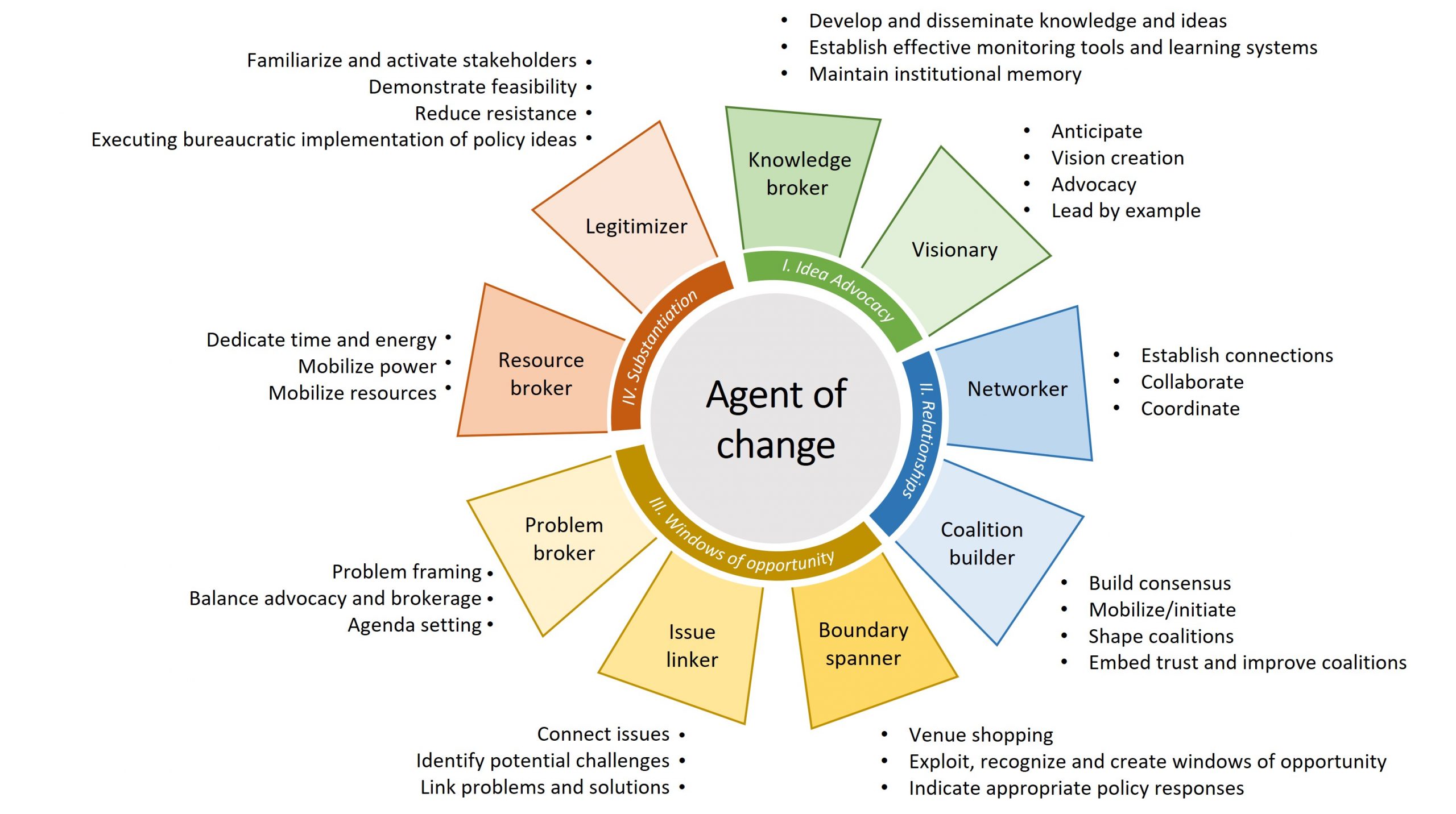The ANCHOR project is learning from cities in the North Sea region that are trying a new way of dealing with wastewater. Instead of just flushing everything away, these cities are testing smarter, greener systems that separate different kinds of water, like greywater from your shower or washing machine, so it can be treated and reused.
A core question with new sanitation is how to convince decision-makers to abandon business as usual. Because big changes like these don’t happen by themselves. That’s where “agents of change” come in.
💡 What’s an Agent of Change?
An agent of change is someone who helps push new and better ideas forward. In ANCHOR, these are the people who work hard to keep green and circular projects on track – even when things get tricky.
Our partner KWR has been interviewing people involved in ANCHOR’s demo sites to learn how these agents keep the momentum going.
Small Wins Lead to Big Change
One of our first deep dives looked at De Nieuwe Dokken, a smart new neighbourhood in Ghent, Belgium. Around two-thirds of the buildings are already up and running. The idea is simple: create a neighbourhood that’s better for people and the planet.
At the heart of this project is DuCoop – a cooperative that runs the neighbourhood’s energy and water systems. Everyone who lives there becomes a symbolic co-owner. This means people are more involved and interested in how their community works.

Artist impression of sustainable neighbourhood de Nieuwe Dokken in Ghent.
4 Big Lessons from Ghent
- Share the knowledge.
DuCoop created a spin-off company called Circular to spread what they’ve learned. This new company now helps with similar projects elsewhere. Teaching others helps make green ideas grow. - Talk to city officials early.
Changing old systems isn’t easy. By working with the city from the start, De Nieuwe Dokken got the support and legal permissions it needed. - Find the right people.
You need people who can connect others, build networks, and help get funding. These resource brokers are key to getting things off the ground – and keeping them going. - Link new tech to real problems.
De Nieuwe Dokken made sure their water system also supported city policies. That made it easier for politicians and neighbours to say yes to the idea.

'Agents of Change' framework developed by KWR.
Meet Peter: An Agent of Change in Action
Peter de Smet from Clean Energy Invest didn’t think of himself as an agent of change – until now. He helped start the project and says he mostly used his skills to connect people and ideas. “I’m not a finance guy,” he says, “but I know how to build strong teams.”
Peter admits there were challenges. In a small neighbourhood, a private company can only do so much, so they teamed up with public partners when needed. The benefit of working as a private cooperative was that future residents were involved early on.
Still, Peter says one thing really made a difference: good communication. When something went wrong with the water system, they made sure residents knew what was happening. There’s a website FAQ, a WhatsApp group, a newsletter, and someone always ready to answer questions.
What Should Future Change Makers Know?
- We need more flexibility. Local and EU rules must allow room to try new ideas, especially if they help the environment.
- There’s no one-size-fits-all. Every place is different. Local leaders need to be more open-minded.
- Keep people informed. When things go wrong (as they sometimes do), people are more patient if you explain clearly and quickly.
What We’ve Learned in ANCHOR
- There’s strong interest in creating a database of circular water projects – and linking it to ANCHOR’s website.
- The same person can play different roles throughout a project – and those roles can change over time.
- Real-life testing is possible when authorities are flexible and people communicate clearly.
📬 Stay in the Loop!
Want to hear more about the ANCHOR project?
👉 Sign up here to get updates twice a year and invites to our lunch talks (four times a year).
Have a question?
Contact Elisabeth Kvarnström (Ecoloop, Stockholm Stad) – she’d love to hear from you.

